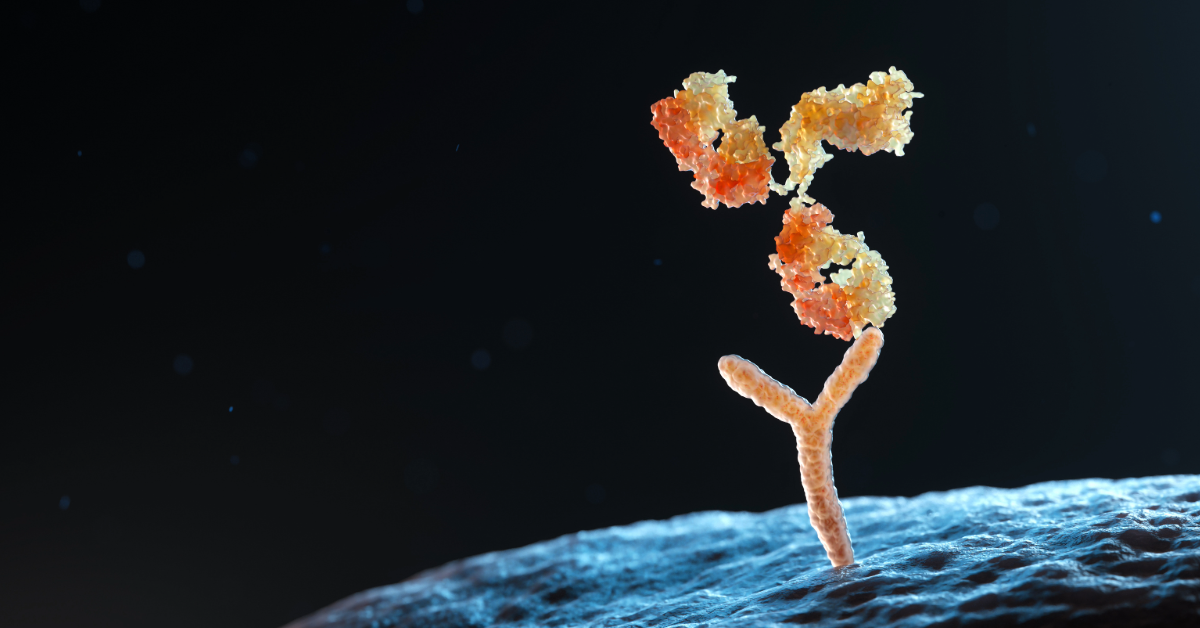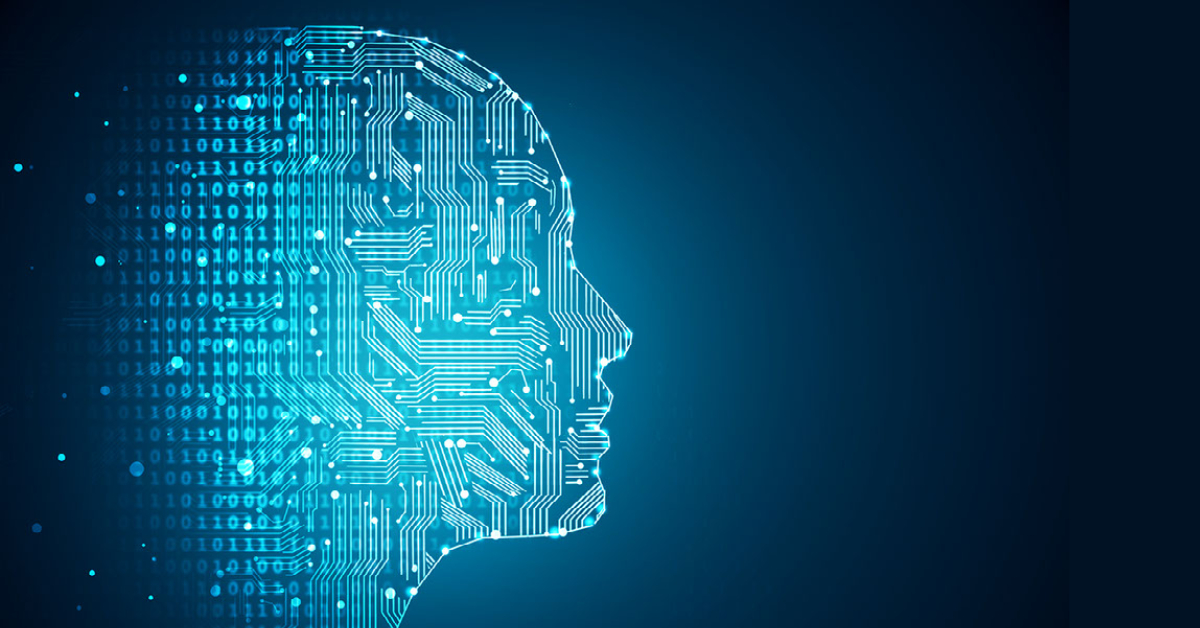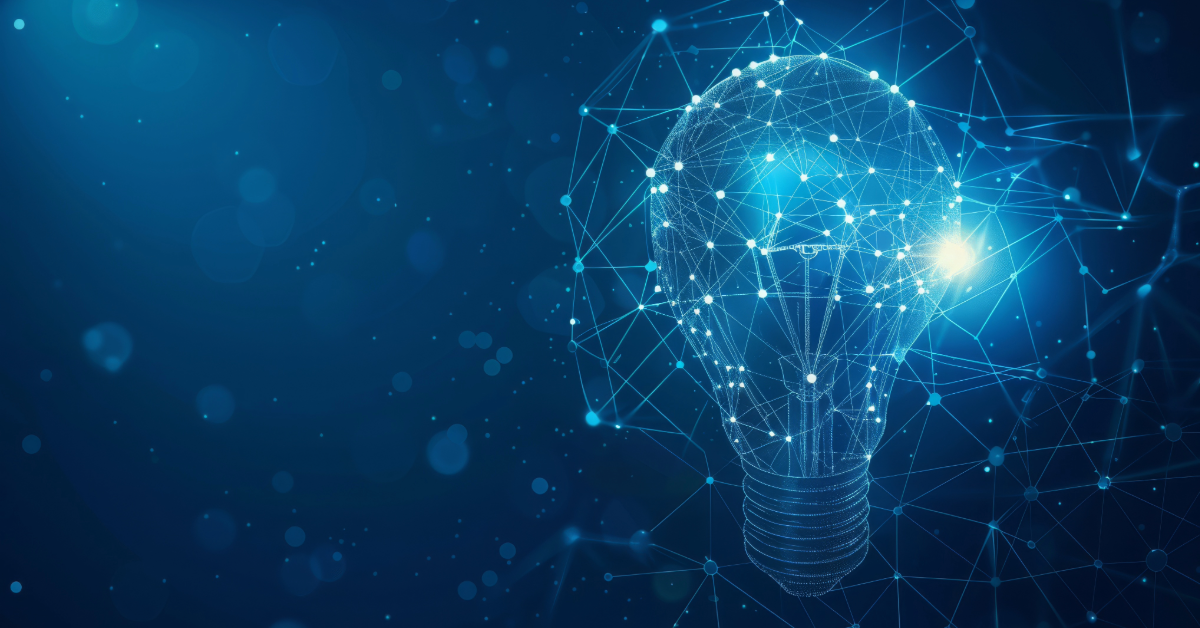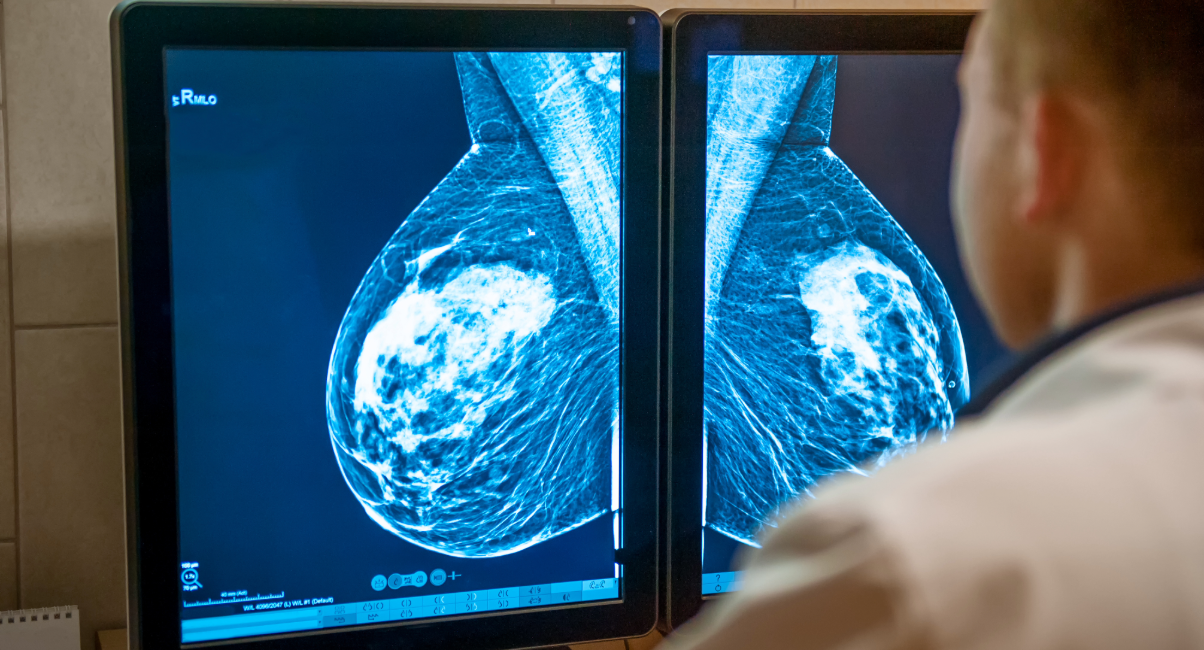Bioinformatics, computational biology and biomedical informatics are interdisciplinary fields of science that combine life sciences (including biology, medicine and biochemistry) with computer science, mathematics, statistics and engineering (including their subfields such as control theory, information theory, thermodynamics, machine learning and AI) to analyse and interpret biological, biochemical and medical data.
Our Bioinformatics & Digital Health team comprises experts with deep technical expertise and extensive experience specifically at this interface, and an understanding of the ecosystem that you work in. We believe that dedicated technical expertise in this field is important, and we speak the same technical language as you. We don’t dabble in this field, we live in it and love it.
We also understand that you work in a very specific environment, in which many projects use open source software, lead to highly valuable and regulated assets, and frequently involve collaborations and partnerships. Together with our clients, we design and execute IP strategies that considers all types of IP rights (including software copyright, patents - including those for pharmaceuticals and other non-in silico assets can that form part of their portfolio - and trade secrets), to achieve their commercial goals in this environment.
.png?width=1920&height=550&name=Untitled%20(1).png)
.png)

















